About the color of the vessel
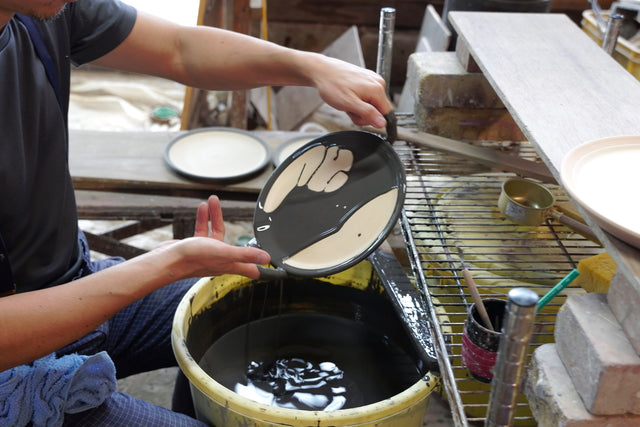
pottery glaze
Pottery is completed through four main steps: ``molding'', ``unglazed firing'', ``glazing'', and ``honyaki''.
When unglazed, the pottery absorbs moisture and breaks easily, making it difficult to maintain its intended use or function, so a glaze is applied to the pottery.
After that, firing is performed at a temperature of over 1200℃ to melt the glaze, covering the surface of the pottery and completing the pottery.
By applying glaze, the surface becomes more glassy, making it stronger, water resistant, and stain resistant.
The glaze materials are made of stone, ash, and clay, and the color and expression of the glaze can be changed by adjusting the distribution of each.
The compatibility between china clay and glaze is complex, and if this adjustment is not done properly, it will discolor, peel, curl, or burn.
Applying glaze and firing allows for the wide variety of expressions unique to pottery, which is one of the great appeals of pottery.
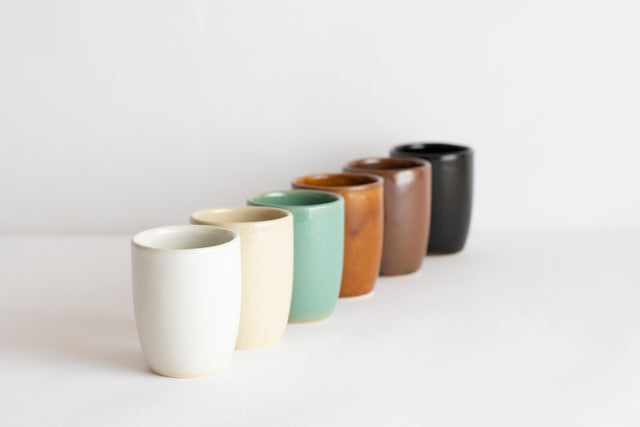
Mashiko ware glaze
Mashiko's pottery clay has a lot of grit and low viscosity, so thick vessels are often seen. Furthermore, by applying glaze, it becomes a plump form, and is characterized by a rustic and warm texture.
The glaze that has been used in Mashiko for a long time is known as Mashiko's traditional glaze and is still popular today as the representative color of Mashiko ware.
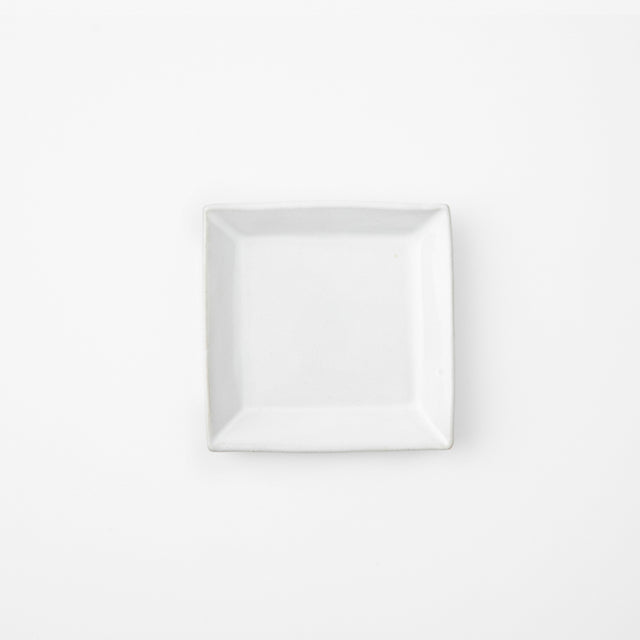
[Mashiko traditional glaze] Nukayuu
The raw material for bran glaze is ash. The ash used is straw ash, rice ash, wood ash, etc. After firing, it becomes a unique milky white color.
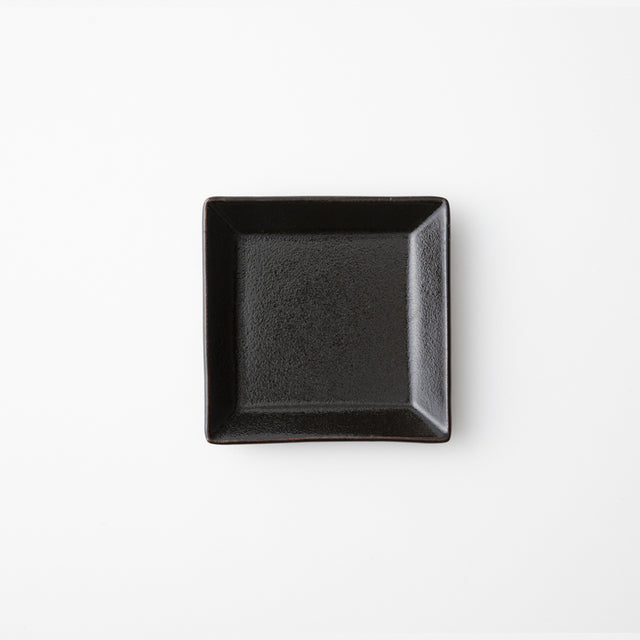
[Mashiko traditional glaze] Black glaze
Black glaze contains a lot of iron and turns black when fired.
Firing using oxidation firing (a firing method that takes in a lot of oxygen into the furnace) creates a rough surface called yuzu skin.
Reduction firing (a firing method that eliminates oxygen from the furnace) produces a lustrous black color.
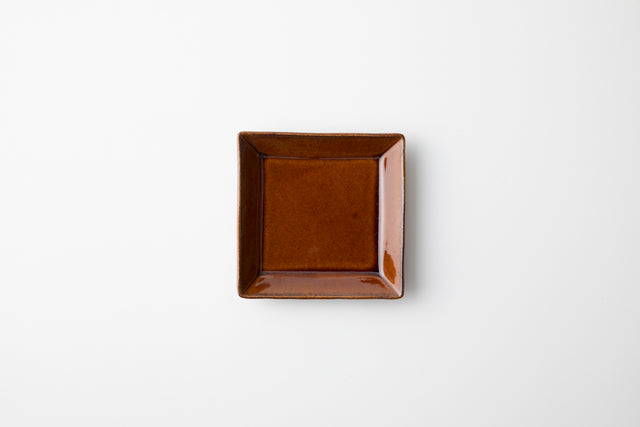
[Mashiko traditional glaze] Candy glaze (Ameyuu)
Candy glaze, one of Mashiko's traditional glazes, has a beautiful translucent brown color.
The brown color of the candy glaze used in production areas other than Mashiko is created by adding iron, manganese, or other iron to the transparent glaze, and firing it to create the brown color.
In the case of the candy glaze that has been mixed in Mashiko since ancient times, it was created by mixing Ashinuma stone (ashinuma stone), which is mined in the northern region of Mashiko, with ash (ash left after burning miscellaneous trees).
The iron content in Ashinuma stone is diluted by the addition of ash, giving it a brown color similar to candy glaze.
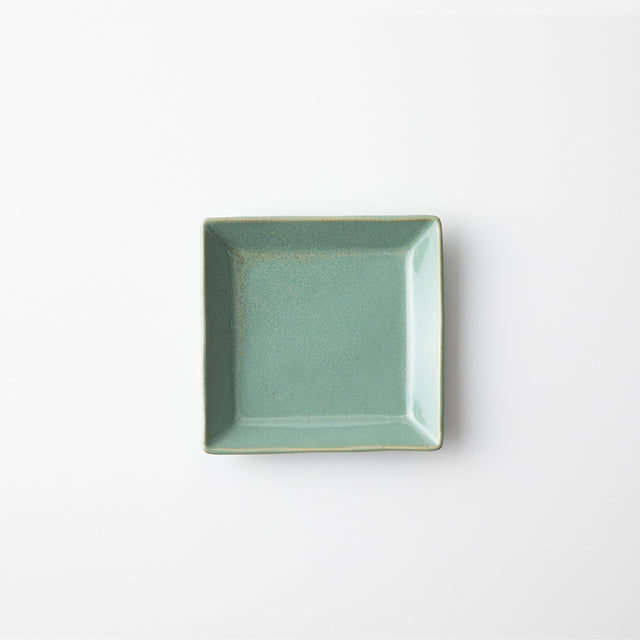
[Mashiko traditional glaze] Celadon glaze
Celadon glaze is made by adding copper to nuka white glaze. When fired, it becomes a beautiful deep blue color.
The celadon glaze of Mashiko ware is slightly different from ordinary celadon.
While the celadon glaze used for porcelain is transparent, Mashiko's celadon is plump and has a unique deep blue color.
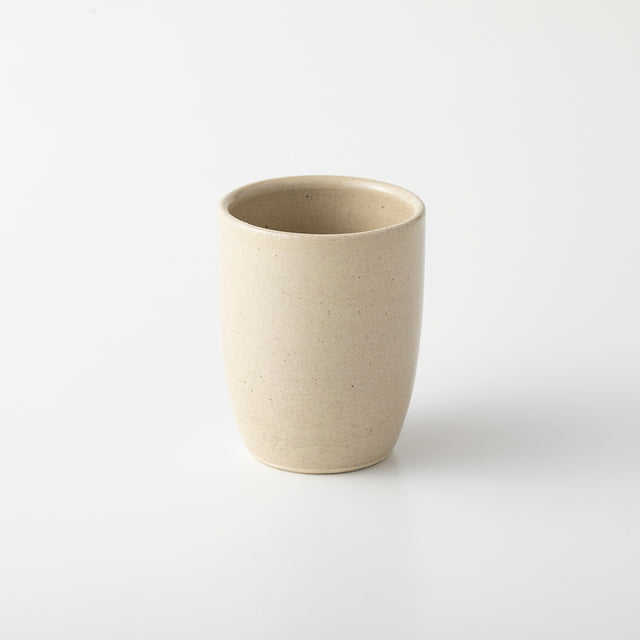
[Mashiko traditional glaze] Average white glaze (Namijiroyuu)
Namishiro glaze, which is one of the traditional glazes, is a glaze whose main ingredient is lime.
The glaze becomes transparent after firing, so you can feel the earthy flavor by drawing a sketch on the unglazed dough or enjoying the texture of the clay itself.
In Mashiko, it is also used as a base glaze.
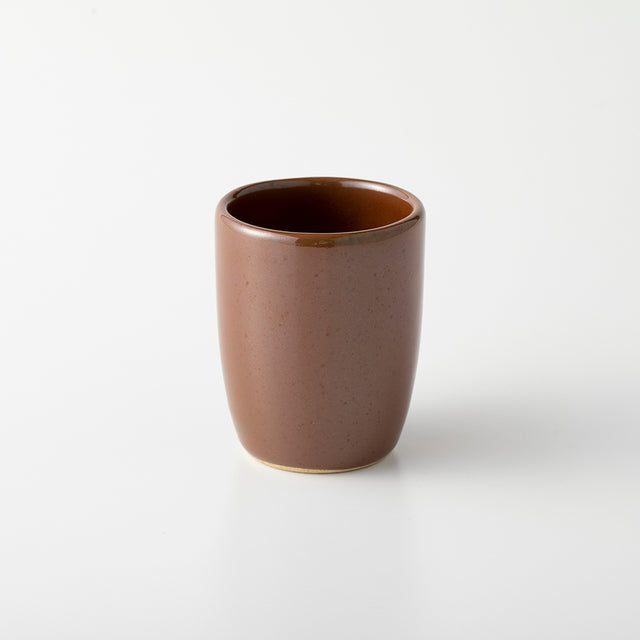
[Mashiko traditional glaze] Persimmon glaze (Kakiyuu)
" Persimmon glaze " is a glaze that represents Mashiko ware.
The raw material is only Ashinuma stone powder mined in the northern part of Mashiko.
Persimmon glaze, also known as ``red powder'', has high heat retention properties due to its high iron content, and has been used for roof tiles in the Tohoku region, where there is a lot of snowfall, for a long time.
Since the end of the Edo period, Mashiko has produced everyday utensils such as water jars, mortar bowls, and pots, and has developed as a pottery production area.
These everyday items are also made with brown persimmon glaze, which is still called Uchimawashi, and persimmon glaze is applied to the inside of the vase as a water stopper.
About the glaze representative of Mashiko, persimmon glaze
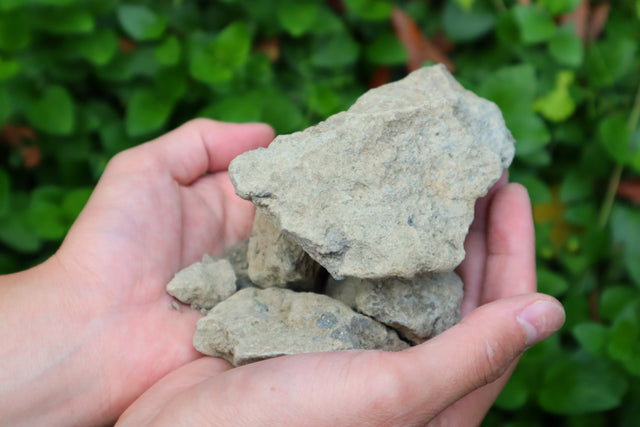
THE Mashiko
Since the end of the Edo period, Mashiko has developed as a pottery production area, making everyday utensils such as pots, water bottles, and earthenware pots, as it is close to Tokyo and can be transported along the Kinugawa River.
There are many different types of glazes that can be applied to the surface of pottery, but the most widely recognized glaze that represents Mashiko ware is ``Kakiyu''.
The main raw material is Ashinuma stone, which is mined in the northern region of Mashiko, making it a glaze unique to Mashiko.
It has been used since the early days of the Mashiko ware industry, and since ancient times, most Mashiko ware has been used as everyday utensils with a persimmon glaze.
Many works using persimmon glaze can also be seen in the works created by Shoji Hamada after he moved to Mashiko during the Taisho period.
It is said that persimmon glaze began to be used in Mashiko around the middle of the Meiji era. When Ashinuma stone was used as a lid for a climbing kiln, glaze was discovered when the stone began to melt and change color.
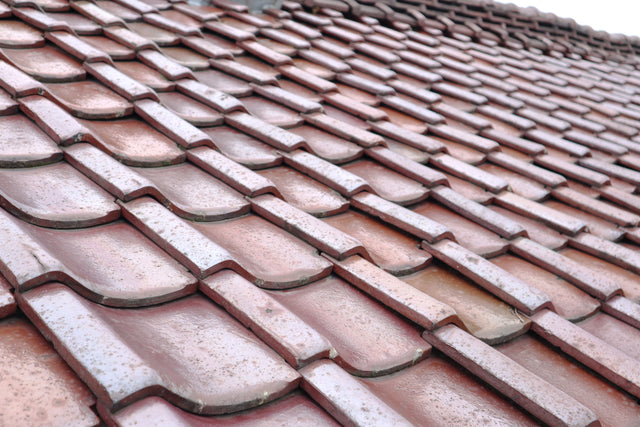
Special glaze mined only in Mashiko
Persimmon glaze is made by crushing Ashinuma stone, firing it at high temperatures, then dissolving it in water and using it as a glaze.
Because the Ashinuma stone powder turns red when fired at this high temperature, it is affectionately known as Akako (akako) in Mashiko. It is said that Mr. Shoji Hamada named it because of the association.
If only red powder was used as a glaze, warping would occur on the surface of the pottery, so we prevented this by combining soils from the Mashiko area, such as Oyatsusa and Yagioka. .
Since the stones and soil are generated from the natural environment of the area, the soil quality not only in Mashiko but also in nearby areas has been verified.
Ceramics that utilize chemical reactions are now being studied as chemistry, but potters at the time used their hands to explore the soil formed by the natural environment in specific locations and mix them as raw materials for pottery.
Persimmon glaze contains a lot of iron from Ashinuma stone, and has better water resistance and heat retention than other glazes. Due to its characteristics, it is also used as a glaze for roof tiles in snowy areas (especially in the Tohoku region), and even today, reddish-brown roof tiles can be seen in the Tohoku region.
